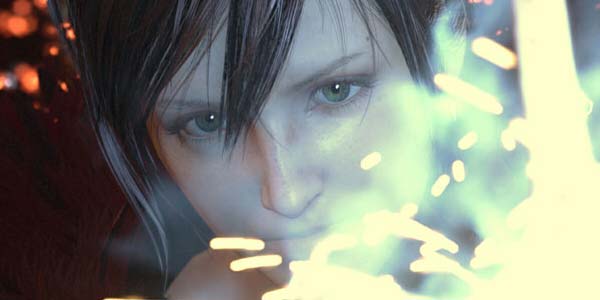Despite all the pessimism surrounding this year’s E3, there is one good thing to be gleaned from it. Top development companies have shifted from an emphasis on high-end graphics to a high-end engine—the difference is small, but impacts games in huge ways and says a lot about how the next generation consoles are likely to deal with improving the performance of games when graphics are already performing high across consoles (…excluding the Wii). High-definition gameplay is still an essential part of the games we play with, but other factors are taking over—specifically, whether demos are running in real time, the different kinds of physics involved with the game, the lighting of certain areas and the performance of video game actors.
Graphics are just one piece of the whole, and as the other parts of a physics engine get more and more visually apparent, the other aspects are getting put on display. When Assassin’s Creed 3 was announced, developers were quick to mention their new engine which incorporated sloped combat—the main character and NPCs would react to the world around them, including changing their attacks and animations depending on what terrain they were standing on. Many gamers were quick to shrug that off, but it greatly improves the game and makes parkour on trees a feasible gameplay element. The technology and development power that had to go into that simple element is huge, and well worth a spotlight. Comparing the graphics to past games in the series only shows a slight improvement—but the physics engine overhaul has turned it into a new game.
Another element that has a profound impact on the industry are the way in which graphics are shown. The rendering time and processing power all directly affect whether or not a game will have loading screens, and the more a game can get on the screen, the more seamless and believable that game will be. When the Last of Us was shown at E3, the emphasis was not on the graphics—yes, they were good, but the audience was more interested in whether or not they were seeing actual rendered gameplay. And the answer is, at least according to its developer, yes. The graphics are impressive enough, but the rendering that goes into those graphics is what makes it amazing.
A video which managed to sneak under the radar at E3 shows off Square-Enix’s next-generation Luminous Engine. The video focuses not just on the polygon count of the characters, but also the ability to render particles, the lighting effects of the game, and the physics interactions between the different game elements. While its acting isn’t at the level of Quantum Dream’s new game, it also emphasizes a real-time element rather than a high level of graphical prowess.
The number of things that go into a game engine are innumerable, and I won’t even try mentioning them, but the move from a focus on graphics to a focus on the other engine elements—AI, rendering, lighting, and so on—is a satisfying look into the future of game development. As some game companies continue to churn out new sequels with barely upgraded graphics and a few new weapons, it’s becoming increasingly clear that we’ve already figured out how to make a game look nice. It’s about time that developers started making games that played as nicely as they looked—and that is what the next generation will focus on.



0 Comments